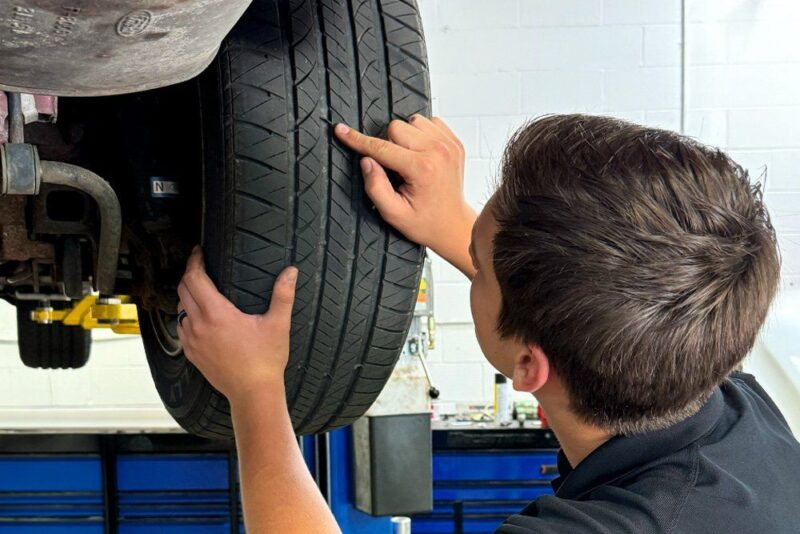When it comes to ensuring the safety and efficiency of our vehicles, few decisions are as consequential as the choice to invest in new tires. But is this investment a true necessity or merely a clever marketing ploy designed to coax dollars from unsuspecting drivers? As we navigate the often bewildering world of tire technology, we are confronted by jargon, endless options, and promises of improved performance.
Do we genuinely need to replace our tires as often as we are told, or can we stretch the lifespan of our current set? In this exploration, we will delve into the science behind tire wear, the allure of high-tech upgrades, and the subtle distinctions that may mean the difference between skidding to safety and finding ourselves in a perilous situation on the road. Buckle up as we sort through the rubber and uncover the truth behind those rolling investments.
Understanding Tire Wear: Signs Its Time for New Tires

Understanding tire wear is crucial for maintaining not only your vehicle’s performance but also your safety on the road. As tires age and continuously grip the asphalt, they undergo a relentless battle against the elements, leading to a variety of wear patterns.
One of the most telling signs it’s time for a replacement is visible tread wear—when the grooves that once provided traction begin to vanish, leaving behind a slick surface, its a glaring red flag. Additionally, you might notice uneven wear, which can signal misalignment or improper inflation; look for bald patches or more worn edges on one side.
Inspection of sidewalls for cracks or bulges is equally important, as structural damage can lead to blowouts. And let’s not forget about the sound: a constant thumping or vibration may indicate that your tires are no longer roadworthy.
Recognizing these signs can save you from dangerous driving conditions and unexpected costs down the line.
Common Myths About New Tires: Debunking Misconceptions

When considering new tires, many drivers are swayed by a plethora of myths that can cloud their judgment. One common misconception suggests that as long as the tread appears sufficient, tires are good to go, but in reality, age and rubber degradation can silently undermine performance long before visible wear occurs.
Another widespread belief posits that all tires are created equal; however, the truth is that tire technology varies dramatically—different vehicles, driving conditions, and weather demands specific designs and features. Moreover, a startling number of people think that rotating tires is unnecessary, ignoring the fact that this simple maintenance step can extend tire life and enhance safety.
Debunking these myths is essential, for understanding the real purpose of new tires can mean the difference between a smooth ride and a perilous one on the road.
Sustainable Choices: Eco-Friendly Tires and Their Impact

In the realm of automotive choices, eco-friendly tires emerge as a beacon of sustainability, reshaping how we approach our driving habits and environmental impact. Unlike conventional options that often rely on petroleum-based materials and energy-intensive manufacturing processes, these innovative tires are crafted from renewable resources, significantly reducing carbon footprints.
The real kicker? They not only promote a greener planet but can also enhance fuel efficiency, translating into real savings at the pump. Think about it: by opting for eco-friendly tires, drivers aren’t just making a personal choice; they’re participating in a broader movement toward environmental stewardship.
However, these tires are not just about sustainability; they can offer superb performance and durability. As we navigate the intersection of necessity and gimmickry in tire choices, it’s crucial to recognize the profound impact that our decisions can have—not only on our vehicles but also on the planet we all share.
Conclusion
In conclusion, the decision to invest in new tires should be based on a careful evaluation of safety, performance, and driving conditions rather than merely succumbing to marketing gimmicks. While advancements in tire technology have led to improvements that can enhance fuel efficiency, traction, and longevity, its essential for drivers to assess their unique needs and circumstances.
Whether its for winter conditions or high-performance demands, understanding the necessity behind new tires can significantly impact both safety and driving experience. For those looking to dive deeper into the world of tire options and make informed decisions, be sure to learn more about the factors that truly matter in maintaining your vehicle’s performance on the road.


